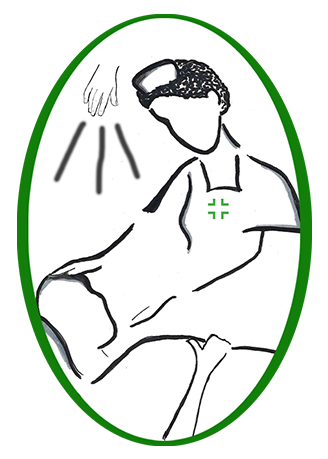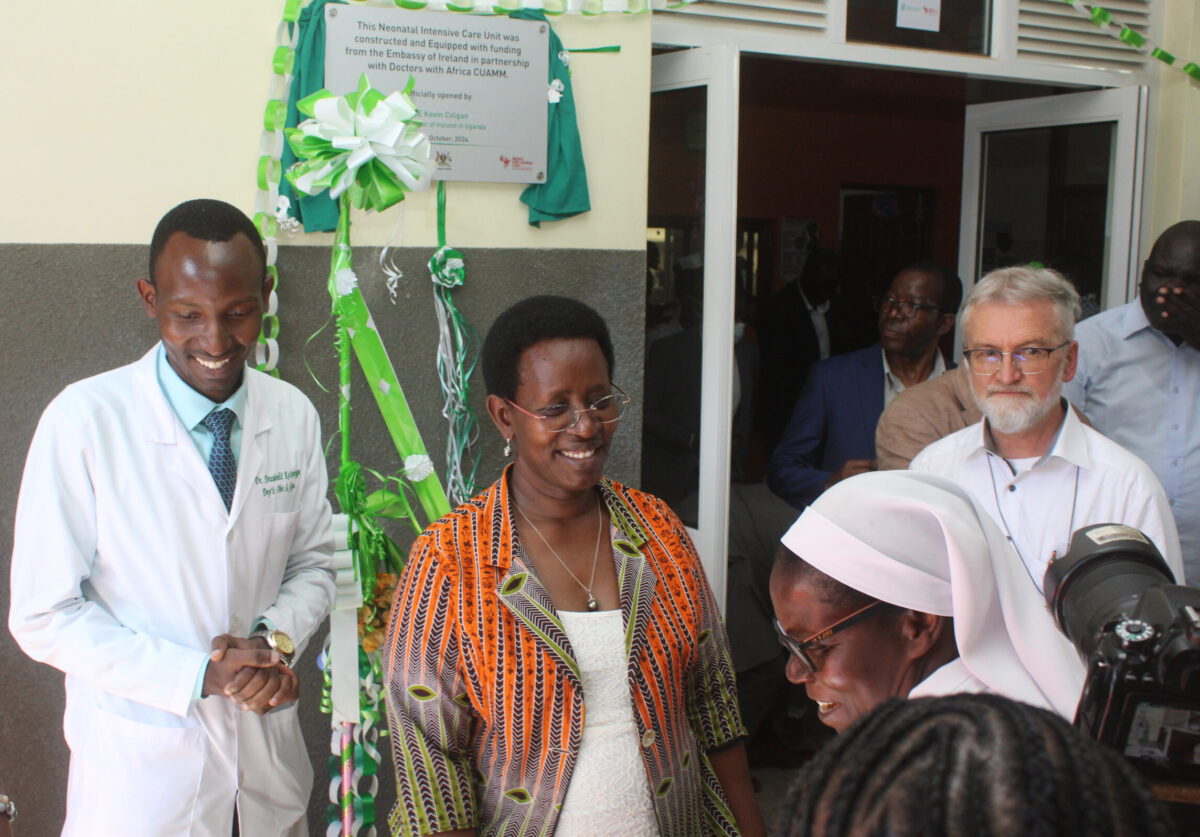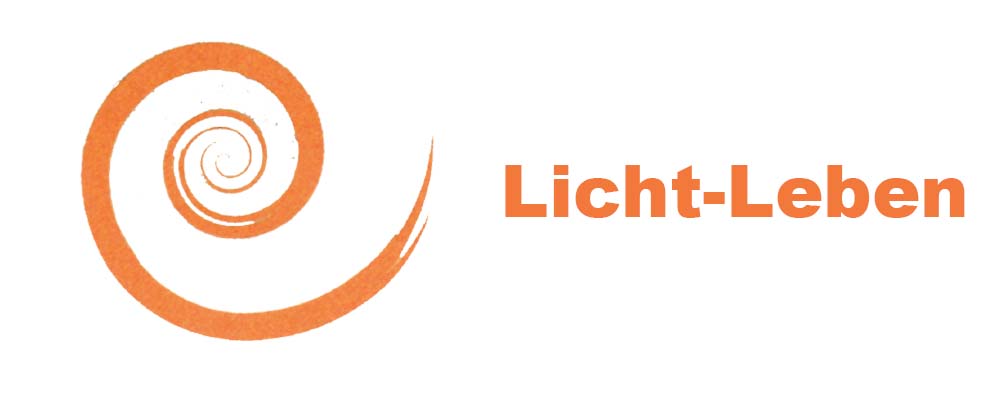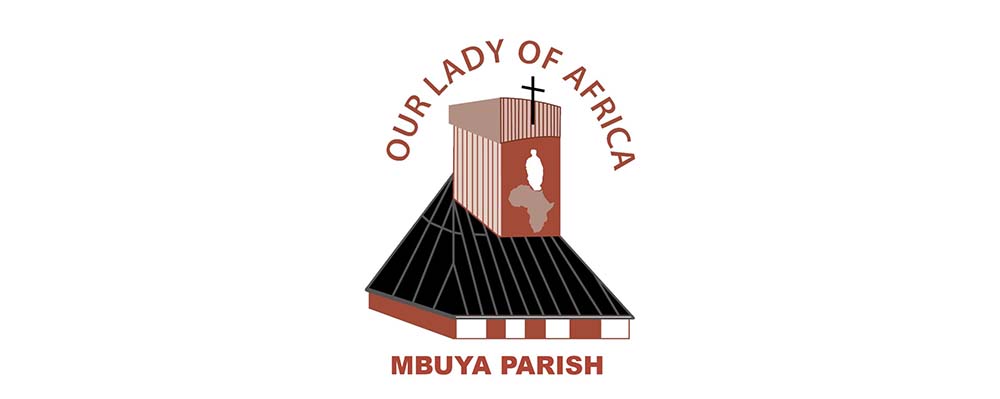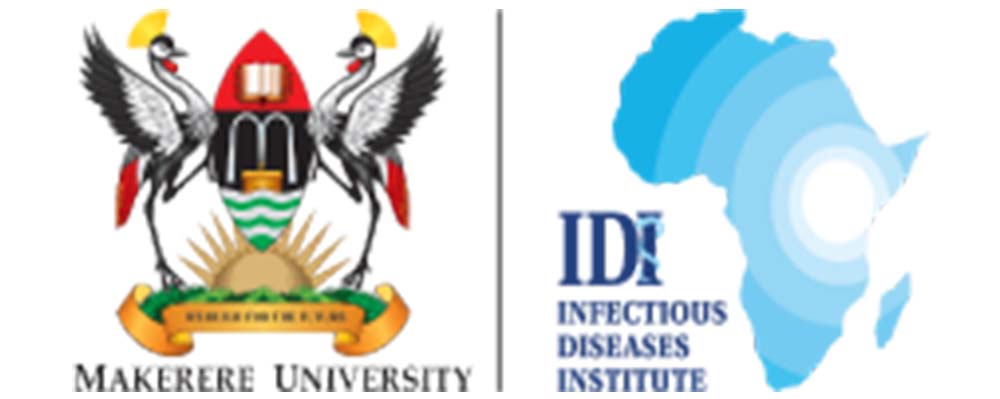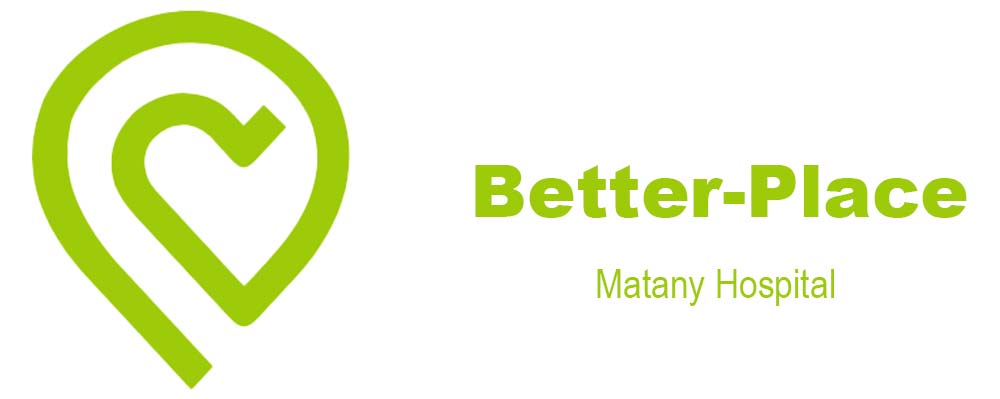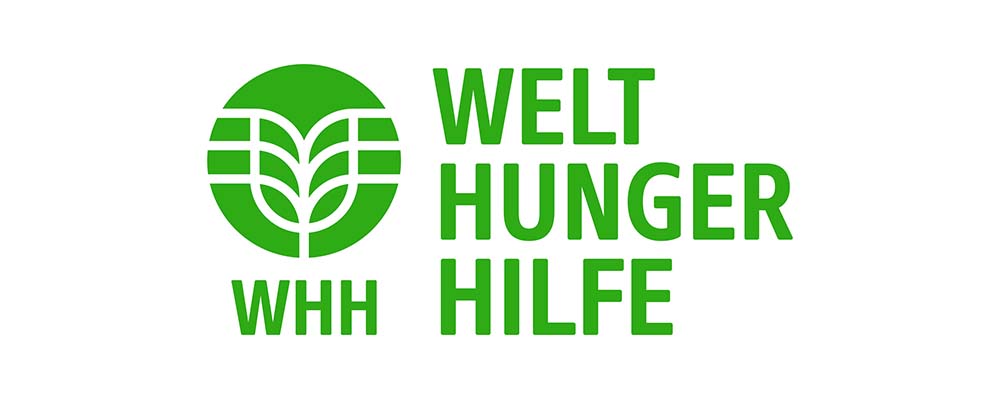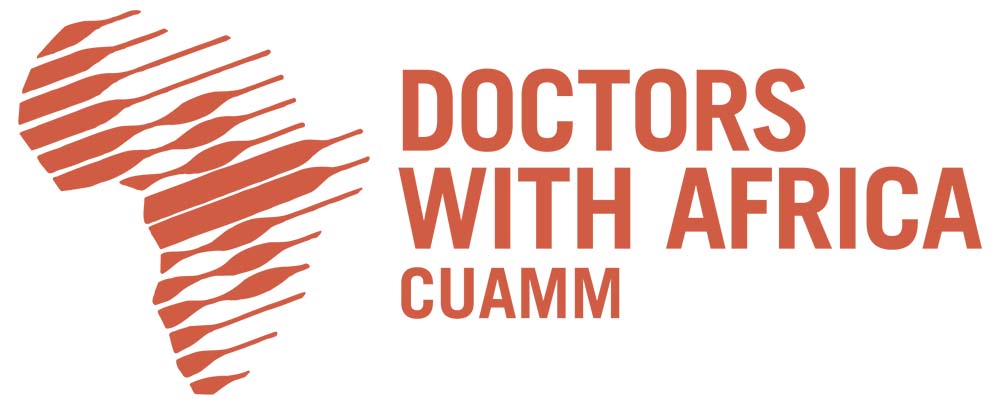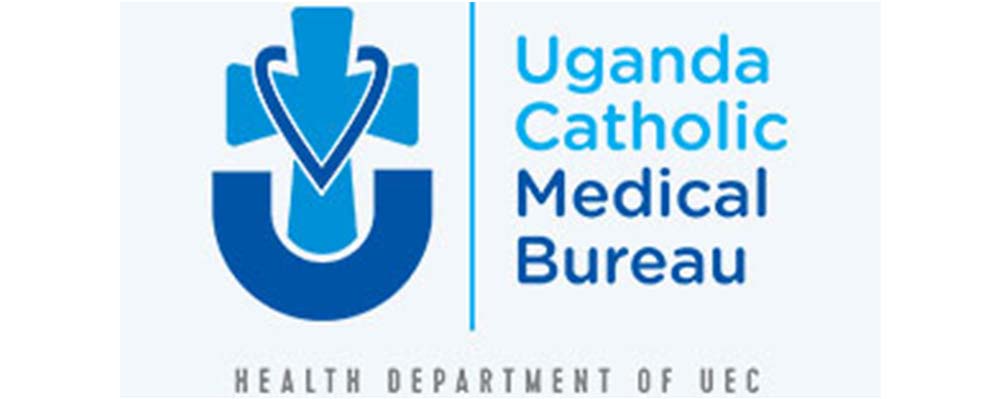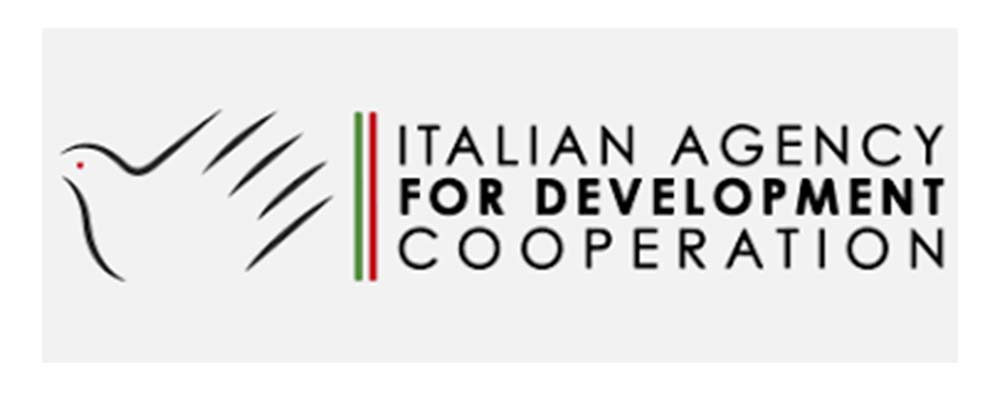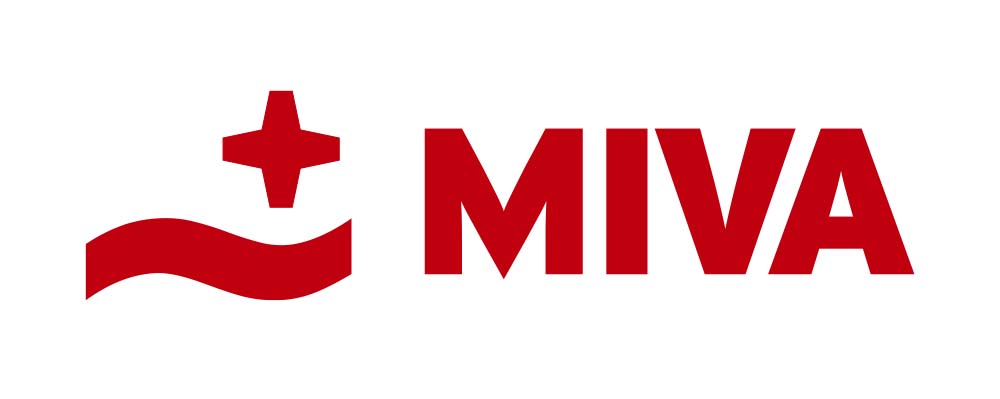NEWS AND STORIES
As we celebrate the hope and renewal of the Easter season, our hearts are also filled with deep sorrow at the passing over of Pope Francis. In this holy season of the Lord’s resurrection, we remember a shepherd who walked humbly with the poor, the forgotten, and the marginalised.
To celebrate Christmas, one must take time for the very small things. Because the miracle is the little child in the manger, God who made Himself very small. Therefore, it makes sense to sharpen our awareness for the trivial things during Advent. It is the time to notice and enjoy the small and inconspicuous daily wonders! We should at least occasionally let time stand still – Advent offers an opportunity for this. Even if there is truly much to do – not just seemingly, but really – if one wants to, it works: light a candle, pay a visit, enter a church for five minutes… and suddenly time becomes something wonderful. And even when we are forced into small waiting times – at the station, at a red light, at the waiting room – it is possible to consciously pause for that moment.
Here is a brief time-journey through the year at St. Kizito Hospital Matany.
Advent- and Christmas letter from Matany 2024 English
Advents- Weihnachtsbrief aus Matany 2024 Germany
Lettera di Avvento e Natale da Matany 2024 Italian
The Neonatal Intensive Care Unit (NICU) being officially commissioned by IEAmbUganda, CUAMM (Doctors with Africa), and the Permanent Secretary of the Ministry of Health Uganda marks a significant milestone in advancing neonatal healthcare in Karamoja Uganda.
PUBLIC NOTICE
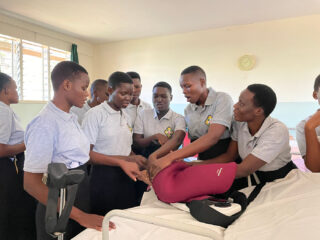
Greetings from St. Kizito Matany School and Nursing!
This note is to inform the listed successful candidates
that have been admitted either for a course in Nursing or
Midwifery to come and collect the admission letter from
the School Secretary, effective from Friday 31st May 2024.
Come with 200,000/= (two hundred thousand)
NON-REFUNDABLE fees, this is part of the school fees.
Reporting Date to the school for starting the training is
Tuesday 23rd July 2024
Congratulations! Welcome to our training school
Click here to download the list of Successful Candidate
Christmas Day is a worldwide celebrated event, that gets people together to celebrate the renewed birth of Our Lord and Saviour Jesus Christ.
This year’s Christmas letter was deeply focused on keeping in contact with each other from different walks of life.
Be thrilled to enjoy the Christmas message which you can DOWNLOAD HERE
In the harsh and untamed lands of Karamoja, where traditions collide with adversity, unfolds a heart-wrenching real-life story of a life overshadowed by tragedy and a child’s unyielding spirit. Like a lone tear falling in the desert, Meet Maria whose fate was destined to be a tale of sorrow, written in the sands of time.
I met Meet Maria, a 14-year-old young girl at 28 weeks pregnant, alone and sobbing at Matany hospital, her cries echoing like a mournful dirge in the dead of night. She came seeking solace, but all she found was the cold embrace of a desolate hospital room. The weight of the world lay heavy on her shoulders, a burden too great for a child to bear. Little did she know that life’s wheel of fortune had dealt her a cruel hand, leaving her with no choice but to dance to its melancholic tune.
At a mere 13 years old, she was bound in matrimony to a 25-year-old warrior, a so-called cattle raider, in a marriage forged by sorrow and enforced by the shackles of tradition. But fate, the ever-capricious mistress, decided to add more tears to her already brimming river of sorrow. Her warrior husband was ripped away from her in a deadly raid, leaving her pregnant and alone, a ship lost at sea, tossed and turned by the merciless waves of grief.
Her innocence was stolen, and the winds of change blew harshly, leaving her stranded in a barren desert of despair. She started bleeding, her baby was coming way too early than expected. The sands of time slipped through her fingers like grains of sorrow, and she found herself seeking refuge at the doors of the local health facility. But alas, fate seemed to mock her once again, as the facility offered no supplies, leaving her adrift in a vast sea of despair, like a bird with broken wings unable to take flight.
In the unforgiving embrace of Karamoja, she gave birth to a preterm baby, her child born like a fragile bud amid a raging storm. As the tiny life struggled to hold on, Maria’s heart echoed with the words of old proverbs, “Misfortune never comes singly,” for life tragedies had only just begun to unfold.
Hypoglycemia and hypotension plagued her like relentless demons, and the diagnosis of Hepatitis E cast a shadow of despair that seemed to stretch on forever, like an endless night of sorrow. Yet, like a lone flower blooming in a barren wasteland, Maria clung to hope with all her might, even as the storm clouds gathered overhead.
But sometimes, hope is merely a flickering candle in the howling winds of fate. Despite her fierce determination, Maria’s spirit slowly withered like a fading rose, and her once bright eyes dulled like stars swallowed by an eclipsing moon.
One fateful day, the saddest of all idioms came to pass, and Maria was found unconscious, her life slipping away like sand through an hourglass. In a desperate dance with death, the hospital staff fought to keep her fragile flame alive, but the scales of fate tipped towards the void, leaving behind only a trail of heartache and shattered dreams. As the child smiles beside her fallen guardian, she embodies the unwavering strength that emerges from the depths of grief. Though her path is arduous and her challenges profound, she carries within her the resilience to rise above the darkness and embrace the promise of a new dawn in the enigmatic realm of Karamoja.
The news of Maria’s passing spread like wildfire through the hospital halls, and the somber air hung heavy with the weight of grief. Like an empty vessel adrift in the sea of sorrow, her child wailed, unaware of the void left in the wake of her guardian’s departure.
And yet, even amidst the darkest hour, life’s tragedy continued to unfold. Seeking solace in family, the child’s grandmother proved that grief can drive even the strongest hearts to the brink of despair. Like a storm cloud bursting with sorrow, she attempted the unthinkable, shattering the last remnants of hope.
In the sanctuary of the hospital ward, the cries of the child echoed like a mournful melody, alerting the other mothers who rushed to protect her fragile innocence. In that moment, the hospital room became a battlefield of emotions, as the child’s life hung in the balance, like a butterfly teetering on the edge of oblivion.
Amidst the unfathomable struggles, there remains a testament to the strength of the human spirit. Though shrouded in darkness, this young child’s place in the world is one of resilience, a symbol of hope and survival in the face of insurmountable odds. Like a tiny candle in the midst of a raging tempest, she clings to life, a beacon of light in a world consumed by shadows.
God blessed the Little sister of St. Francis and took her into their care. In the Chronicles of Karamoja, the tale of this child becomes an enduring anthem of courage, a reminder that even in the bleakest corners of existence, a glimmer of light can pierce through the shadows. Here now, born preterm, like a lone flower blooming in the harshest of deserts, this child is a testament to the indomitable power of the human heart, proving that even in the face of unimaginable hardship, hope can rise like a phoenix from the ashes. In the heart of Karamoja’s desolation, where tragedy and hope entwine, a profound truth emerges—a truth that touches the depths of every soul it reaches. For this innocent life, born preterm fighting for her life, now thrust into a world devoid of her parents’ embrace, abandoned by kin, and surrounded
Katende Fredrick (MD)
+256700737945
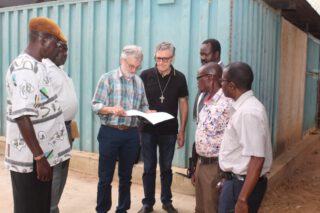 https://www.youtube.com/watch?v=qpMb0cayYok
https://www.youtube.com/watch?v=qpMb0cayYok
The Board of Governors on the 24th of November 2022, launched the construction of a Neonatal Intensive Care Unit at hospital site, next to the maternity ward which is housing the currently overwhelmed neonatal unit. This ground breaking ceremony followed the routine Board of Governors meeting which took place earlier in the day.
Representatives from the technical department, administration, PHC, maternity, and school assembled to witness the memorable event as the bishop’s pickaxe dug the first hole into the ground, followed by the chairperson Board of Governors, the country director CUAMM and the representatives.
Speeches from the guests and the administration followed as the audience smiled in ecstasy. The ceremony was later concluded by a blessing from Rt. Rev. Damiano Giulio Guzzetti M.C.C.J, Bishop Moroto Diocese.
“…they saw already the need…”
We all know, a building is one-time expenditure, but then the continuation, the running, the upkeep of such a unit is another thing. It is good that at the beginning, CUAMM is considering to offer support, e.g., salaries for additional staff, maintenance, etc.
We have already a very small neonatal unit within maternity; functioning very well, only that it is really too small, when up to about seven children have to be cared for in this very small space.
Equipment has been already supplied by CUAMM. They saw the need and they quickly mobilized funds for these little babies. It is not just today that CUAMM comes to our aid. It has been a long way together with other initiatives. Chairman has hinted that they supported our surgical team, our tuberculosis ward, the outreaches, and many activities with the community, even helping us with community dialogues.
There are many activities which CUAMM has been supporting right from the beginning and continues to support. We have been together for years and it is fantastic to see what has been achieved. Greetings to the people of the Irish Embassy, who are availing the funds. We haven’t met them yet but for sure they’ll come one day.
Br. Günther Nährich – Administrator Matany Hospital
“This is one of the many efforts we are trying to do to improve care for new-borns in Karamoja…”
This is the beginning of a service, or rather the beginning of an action which will lead to improvement of services for newborns in Matany and in the district of Napak; because, one thing that goes unnoticed is really the problem of newborns in this country. We all know malaria, diarrhea, tuberculosis, pneumonia and so on, are killing children, but we never realize how many children die because of those newborn conditions; the diseases that affect children between 0 and 28 days of age. There are so many of those conditions that take away children at that age.
If you analyse the data from Uganda right now, of the children we lose before five years of age, most of them -about 40%- are lost within 0 to 28 days. So, if we can make them survive those 28 days, they are more likely to survive the five years and even beyond, that is why it is increasingly important for us to pay attention to the diseases that affect children while they are that young. They are not necessarily ordinarily diseases; they can be just complications of birth, just due to the fact that they are born too small, or due to the fact that they are born before the right time. Those conditions are taking a lot of our kids.
Matany Hospital is taking the right direction to try and focus attention on that need. This is one of the many efforts we are trying to do to improve care for new-borns in Karamoja. We will do a similar exercise in Kaabong and Moroto Hospitals. Although we may not have the buildings there, we will have the equipment, the staff training and other things that are necessary to improve the service.
We have realized that when you do this, the children come. Be prepared to have very many children coming, why I say this is; we built a similar facility in Aber hospital in Oyam. Oyam is one of the 9 districts of Lango sub-region. Right now, of the children in that age bracket, 60% from the whole region are taken care of in Oyam. So, it is imminent that you are likely to get to the same situation; that 60% of the new-borns from the whole of Karamoja sub-region, with such problems may actually end up being managed here, because they will be referred. Although we may be starting with a building that looks a bit big, like we said for the church, it might become small, but of course we are not going to add another one. We will just hope that we support the other districts to have a similar facility, so that Matany is not overwhelmed.
Thank you very much for accepting this addition of service to the hospital. I know there was already some care for new-borns, but the space and the equipment were really not adequate.
Dr Lochoro Peter – Country Director, CUAMM Uganda
“…we shall make sure that we make use of this facility to the best of our ability…”
I would like in the first place to thank CUAMM for the continuous support they have given to this hospital and other medical units in Karamoja. They have shown that they have interest in saving children to ensure that these children grow up as adults in a healthy manner. This is not the first service that you are giving us here in Matany. It is just an extension of the activities that you have already been doing; And for us, as recipients of this, we shall make sure that we make use of this facility to the best of our ability, not only to please you but also to please God, that is what we shall do on our side.
Mr. Abul Paul – Chairperson Board of Governors
“…they may grow up to be the future of this country…”
Sending a word of gratitude to CUAMM and the administration of Matany at large as well, I would like to extend a word of blessing for this new building that is now coming up, that the blessing may be extended to the workers, the patients, the newly born. That they may grow up to be the future of this country in the best way possible.
The lord be with you (and with your spirit) may the almighty God bless you the father the son and the holy spirit, AMEN.
Bishop Damiano Guzzetti – Moroto Diocese
To palliate, literally means “to cloak.” Palliation can view disapprovingly as merely covering up problems. However, as currently used in American medicine, “palliative care” is a widely accepted term for an approach to the management of a terminal illness that focuses on symptom control and support rather than cure or life prolongation.[3]
Today, healthcare includes a lot of activities ranging from prenatal to antenatal to preventive care and palliative care. Palliative care involves a variety of services delivered in support of the patient and their family, by a mix of professionals who all have equally important roles to play – including physicians, nurses, support workers, paramedics, pharmacists, physiotherapists and volunteers.
A fundamental goal of palliative care is the relief of pain and other symptoms. Successful approaches to the assessment and management of pain and some physical and psychological symptoms have been established in controlled trials [1]
Palliative care improves the quality of life of patients and that of their families who are facing challenges associated with life-
threatening illnesses, whether physical, psychological, social or spiritual. The quality of life of caregivers improves as well. Early delivery of palliative care reduces unnecessary hospital admissions and the use of health services. Each year, an estimated 56.8 million people, including 25.7 million in the last year of life, need palliative care. Unfortunately, only about 14% of people who need palliative care currently receive it. Unnecessarily restrictive regulations for morphine and other essential controlled palliative medicines deny access to adequate palliative care. [2]
The global need for palliative care is expected to grow as a result of the ageing of populations and the rising burden of non-communicable diseases and some communicable diseases. In Karamoja, one of Uganda’s poorest regions[4]. Karamoja sub-region is unquestionably disadvantaged by not just inadequate health technology but also its relative location from the better-equipped National Referral Hospital, Mulogo. Of the socio-economic nature of the people, most patients live below the poverty level. Several cancer patients in need of chemotherapy and radiotherapy are unable to access the services due to the long distance to reach the national referral hospital. Prompting the hospitals to offer the most they can, palliative care.
At St. Kizito Hospital Matany, palliative care is provided by Primary Health Care nurses (PHC) who travel -with the support of the Hospital- to visit the patients and give medical supplies to the homes of residents. morphine is the most prescribed and delivered.
If it was just about the medical conditions, the challenges would have been much simpler to alleviate but, financial constraints limit the patients from even getting food and water. Most of the patients visited are in visible misery arising from their inability to make a living. Considering how they have been making a living from manual labour and the incomes were hand-to-mouth, health conditions like these are just forcing the patients to live shorter than they could have.
The Primary health care team with little funding from the hospital and well-wishers have made efforts to help the patients with the basics of food and water to accompany the strong medications that demand a lot from the body. The Hospital Palliative care nurse team on several occasions have carried along some food items like posho, beans, and milk powder among others as they deliver the morphine refill for the patients during the home visits.
In one particular visit that got documented, the team visited two terminally ill cancer patients who reside in the neighbourhood of the hospital in sheer lack and agony. As narrated in the video, these two individuals are having the hospital as their only refuge and stronghold.
| Case Summaries. |
The first case is of 69y/f diagnosed with cervical cancer, about 5 years ago. However, she is homeless after her house collapsed earlier this year; besides the distress from the illness, shelter and food are up there on her list of needs to sustain life. She was better off during the times when she was admitted to the medical ward of Matany Hospital, at least shelter, water and even food were assured.
The second case is of an elderly woman who was diagnosed with cervical cancer in her early 40s, she has been a seamstress before her health conditions couldn’t allow her to continue with the decent living, she has been making for the past 2-3 decades. Now she sits home and hopes that the pain and hunger don’t come at once, at least one at a time -as she meditates on her demise.
When visiting such patients, one can wonder whether the delivered medication is the first on their list of priorities or another burden. It instantly evokes mixed emotions: Seeing them smile in agony when the team arrives, seeing them laugh while the joy lasts, the joy that lasts as long as the team’s company in the dry compound. While for the team members, one cannot get the thought of these visits of his/her mind: The thought of knowing you are their only balance between agony and peaceful passing on. The thought that, of all the supplies delivered, the medications are probably still there but not the food -not anymore.
Thought that you would love to offer more helping hands but as a team member of a hospital like this,
| Challenges faced by the palliative care nursing team. |
Matany Hospital also has its financial constraints. Unlike in the past, there is currently no running program for supplying food to needy patients whose ability to make a living for themselves got hindered by their health conditions.
The long distances walked by the palliative care team nurses during the home visits. The palliative nurse always walks on foot to go and visit their clients in their homes Some of these visits enable them to keep counselling the patients and also to offer them psycho-social support. Refills of analgesics and delivery of some edible items for them.
Out of utter regard for humanity, the hospital is obliged to deliver medical assistance to each one of the terminally ill patients who have been discharged to reside in their respective homes. There is a limitation on transportation; the homes near and far homes are to be visited routinely. The team members have been moving on foot to homes that are at the extreme ends -extreme ends of the walkable distance spectrum. In the instance that the home is outside this spectrum, it is probably in the range of a bicycle rider. Bicycles are used in most cases when walking the entire distance is not humanely achievable; Unfortunately, not even bicycles are readily available for palliative care nurses.
Inadequate supplies to cater for the demanding needs of palliative care patients. What the Primary Health Care team of Matany Hospital prays for is a vehicle, a vehicle strong enough to reach the deepest ends of the villages, a vehicle just accommodative enough for the team members and the supplies to be taken along. The increased poverty levels among the residents leave the majority without the capacity to access basic needs. The vehicle will further be pivotal to this service since there are patients in hospital beds that have been referred to Mulago National Referral Hospital for Chemotherapy and Radiotherapy but are unable to afford the fares. They too can get some sigh of relief and some light of hope if transportation is available.
| References |
- Morrison, R. S., & Meier, D. E. (2004). Palliative care. New England Journal of Medicine, 350(25), 2582-2590.
- World Health Organisation, 2020; Palliative care.
https://www.who.int/news-room/fact-sheets/detail/palliative-care - Billings, J. A. (1998). What is palliative care? Journal of palliative medicine, 1(1), 73-81.
https://www.liebertpub.com/doi/pdf/10.1089/jpm.1998.1.73 - Aljazeera, 2022, Hunger killing children in a forgotten corner of Uganda.

